Project status above the surface
- February 2020: Application for the issuing of the development plan
- June 2020: Approval from the Kirchanschöring municipal council for the public display of the draft of the development plan
Expected for 2021:
- Issuing of the development plan
- Issuing of the plans for the power plant construction
Project status below the surface
- December 2019: Submittion of main operating plan
- Mid 2019: Conducting of a detailed geological study done by G.E.O.S.
- December 2019: Submission of the main operating plan
- May 2020: Completion of the access road
- May 2020: Installation of a seismic monitoring system
- July 2020: Installation of the conductor pipes – stabilization of the soil and groundwater protection
Before the drilling site is constructed, the so-called conductor pipes are installed to a depth of 35 m to stabilize the loose upper soil layers and to protect the near-surface groundwater horizons. From a depth of around 15 m, the tertiary groundwater reservoir is located on the property, into which the conductor pipes are firmly integrated. The pipes are made of steel and are cemented in, the imperviousness of the pipes is checked. During the construction of the drilling site, the conductor pipes will be concreted into the top of the drilling site. After the drilling site has been completed, the conductor pipes will guide the deep drilling into the depth. As a result, the near-surface groundwater is locked out of the well and is not affected by the well and the activities on the drilling site.
For further information, please see the page Downloads.
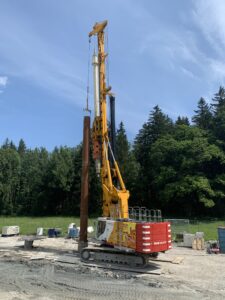
Installation of the conductor pipes
- July 2020: Main operating plan approved by the Mining Authority
- November 2020: Start of drilling for the first well
-
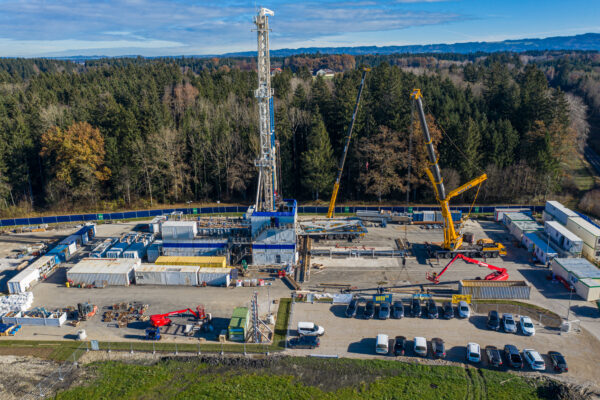
Drilling for the first well has started.
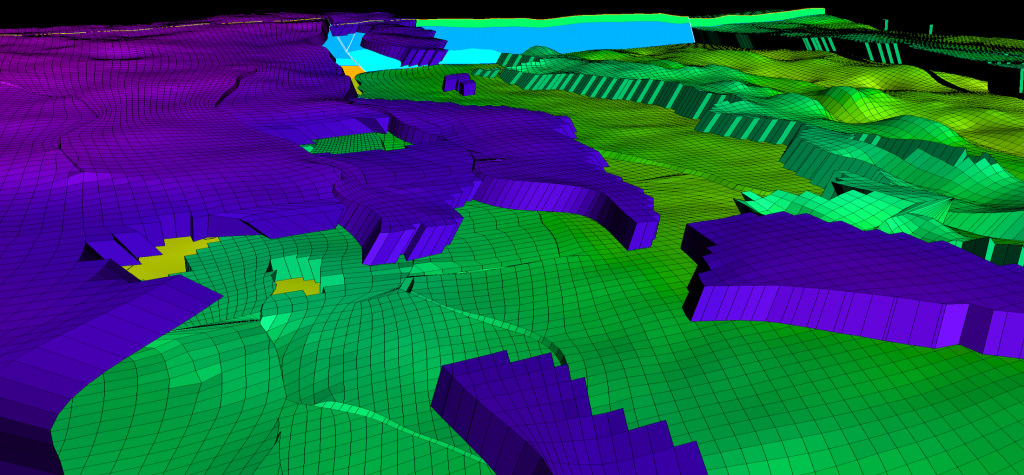
Image 1: The 3D seismic shows the subsurface like in a huge three-dimensional X-ray image. The location of the different layers of rock can be modeled precisely. The properties of the rocks, such as water permeability, are predicted from surrounding deep wells such as Traunstein or Bromberg.
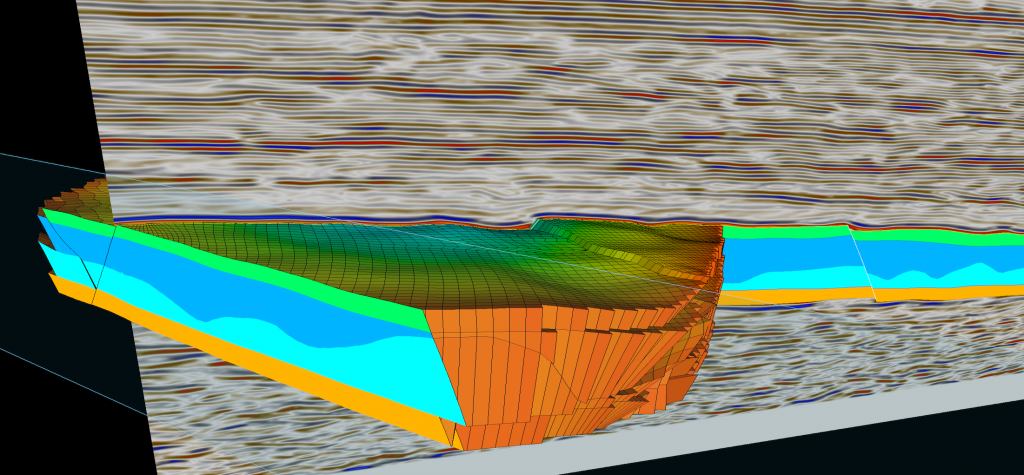
Image 2: In the 3D model of the subsoil created in this way, the geologists and drilling engineers can design the drilling plan and calculate the pressure and temperature distribution of the thermal water in the reservoir before and during production. The model becomes more precise with each drilling.
Project status with regards to the environment
- Noise study by Hoock & Partner
- Species conservation assessments as well as landscape-ecological compatibility study (FFH study) by a specialist company. Consequential protective measures include:
- Insect-friendly lighting
- Set up of a reptile fence
- The project site is not located in a water protection area. A conductor pipe inserted into the aquiclude blocks out the groundwater even before drilling begins. All drilling fluids and cements used during the drilling are approved by the State Office for Environment and correspond to the highest water protection class 1. The well is cased and cemented in sections, which prevents the connection of different groundwater storeys.
- All sealed areas at the drilling site, as well as sealed areas through buildings will be compensated by ecological compensation areas.
- The property was examined by a specialist company for ammunition remnants and unexploded ordnance from previous wars and found to be free of explosives.
- As part of the permitting process, GTR applied for Kirchanschöring and the surrounding area not to be suitable for nuclear repositories and to be taken out of the cadastre of the Federal BASE (Federal Office for the Safety of Nuclear Waste Management).


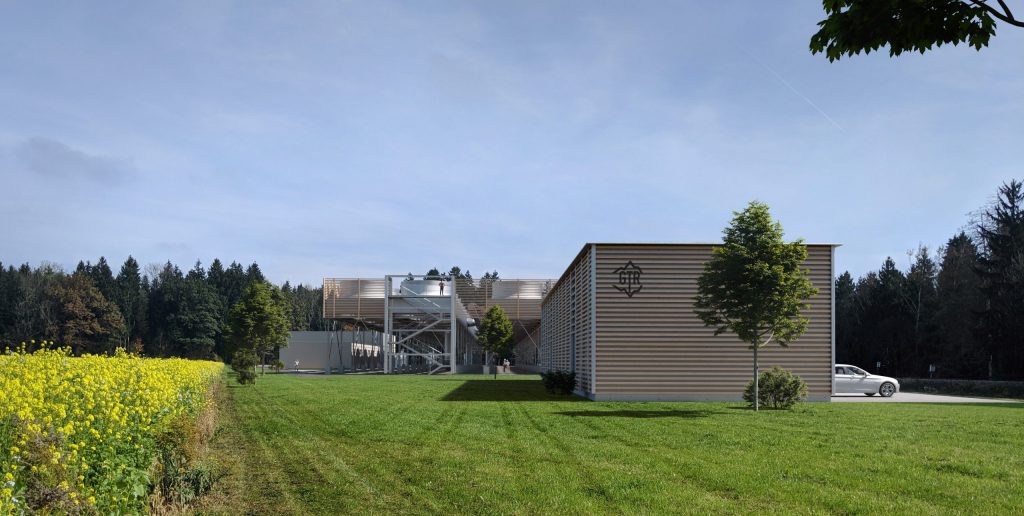
 Be it in terms of energy, mobility or communication: Salzburg AG aims to make life more sustainable, connected and comfortable for everyone with its products and services. 24 hours a day, 365 days a year.
Be it in terms of energy, mobility or communication: Salzburg AG aims to make life more sustainable, connected and comfortable for everyone with its products and services. 24 hours a day, 365 days a year.
 Information will follow…
Information will follow… EVU Schmid is a small but professional power supply company that is characterized in particular by competent on-site consulting.
EVU Schmid is a small but professional power supply company that is characterized in particular by competent on-site consulting. AIP provides surveying and planning services for the building industry and offers comprehensive technical and economic advice. The company provides complete planning, controls project developments and realizations, controls project processes and construction work. The latest findings are continuously incorporated into the planning and process flows. Careful use of the resources of our environment is just as important to AIP as the conscientious implementation of their customers’ projects.
AIP provides surveying and planning services for the building industry and offers comprehensive technical and economic advice. The company provides complete planning, controls project developments and realizations, controls project processes and construction work. The latest findings are continuously incorporated into the planning and process flows. Careful use of the resources of our environment is just as important to AIP as the conscientious implementation of their customers’ projects.